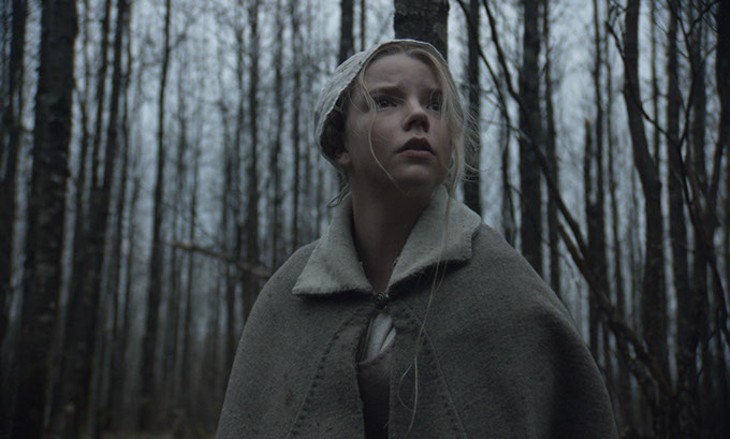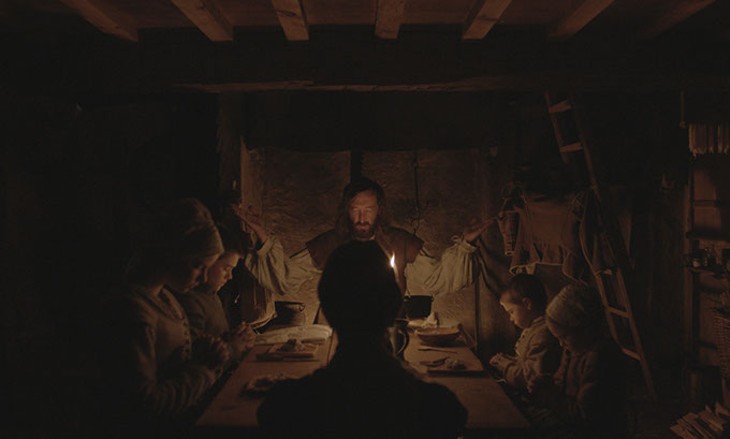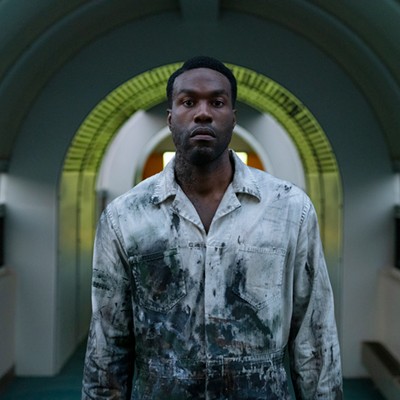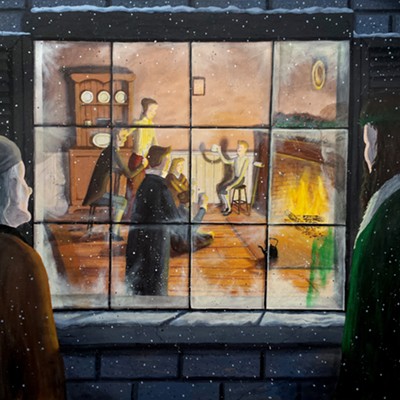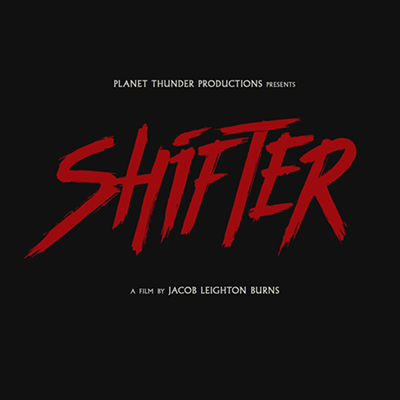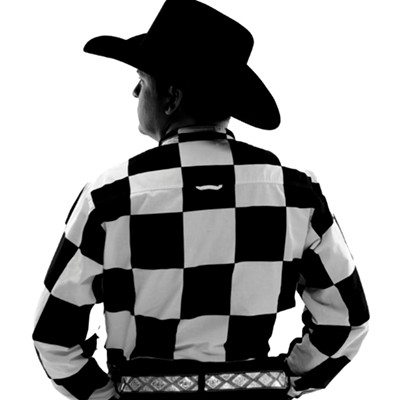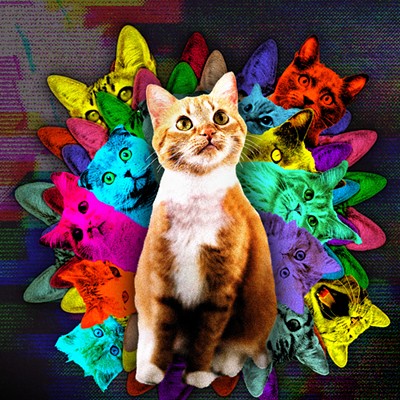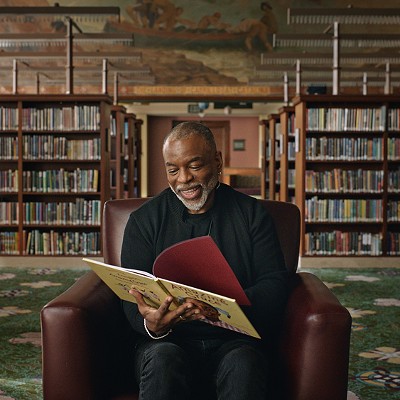The Witch, Robert Eggers’ unflinching story of possession and despair in the New World, illustrates why the early European-American settlements of the 1600s occupy rarefied space in our collective anxiety.
They were populated by people who feared God, one another and what awaited them beyond the tree line. The Witch succeeds because all of its sources of tension and danger give those fears horrific credence.
In 1630, William and Katherine (Ralph Ineson and Kate Dickie) leave their New England settlement to lead a more austere and godly life with their five children in tow, forcing themselves into an unforgiving wintry landscape where crops barely grow and William’s hunting skills cannot pass muster.
Despite the unrelenting gray skies and their parents’ dour countenances, oldest daughter Thomasin (Anya Taylor-Joy), oldest son Caleb (Harvey Scrimshaw) and twins Mercy and Jonas (Ellie Grainger and Lucas Dawson) find room to play with their baby brother, Sam, and find light in the darkness. But then the baby suddenly disappears and the family’s tenuous grip on stability starts giving way to recrimination, madness and the evil lurking somewhere in the tall trees.
Eggers reveals the malevolent source early in The Witch as a crone deliberately pounds the contents of a mortar and pestle into oozing pulp. Kate sinks into a deep depression, and all eyes focus on Thomasin, a willful teenager on the cusp of womanhood. What follows has almost nothing to do with suspense; the pain, sadness and unalloyed evil emanate from one source.
What gives The Witch its power is the film’s desolate setting. Family members cannot escape their circumstances; they cannot return to the settlement because of pride and belief, and there is nothing ahead of them that they would ever want to face by themselves. When Kate tells William that, despite their destitution, she wants them to return to England, it’s a solution so remote and unfeasible that it barely exists. They are completely, utterly alone — except, of course, for the danger lurking in the darkness.
Eggers fills The Witch with utterly convincing players. In their performances and appearances, Ineson and Dickie look like nothing other than joyless peasants from pre-Renaissance religious paintings, which stands in stark contrast to the pale, alien beauty of Taylor-Joy — the 19-year-old delivers what is unquestionably the spellbinding central performance of the film. Thomasin’s adolescence makes her dangerous, and her indolence makes her suspect.
Grainger and Dawson completely fit the bill, playing creepy twins in a truly creepy film, and Scrimshaw proves his shocking level of talent in a pivotal, thoroughly harrowing third-act scene.
For years, horror was in dire need of a recharge, and after the torture-porn trend of the early 2000s, salvation came with the rise of low-budget, new traditionalists like Ti West, whose The House of the Devil and The Innkeepers showed reverence for traditional, practical scares. But while West’s taste veers closer to low-budget grindhouse fare, The Witch is unquestionably part of the new wave of thinking-person’s horror that came with 2014’s The Babadook and last year’s It Follows.
Like those films, The Witch is a scary movie with more going on behind the eyes than pure menace, and it takes some thematic risks. The piety and judgmental nature of life in the early colonies is well represented in culture, from The Scarlet Letter and The Crucible onward.
But The Witch takes the unusual stance that, while those settlers’ fears and their actions were often abhorrent toward people who did not conform to society’s requirements, they were also right about the cackling around the bonfires. Granted, William and Katherine treat Thomasin with suspicion and try on several occasions to banish her back to the colony, but who’s to say they’re wrong?
Despite that moral ambiguity, The Witch is an uncommonly direct horror film, a story that will leave nearly everyone who watches it feeling just as rattled as their neighbor. It rarely falls back on jump-scares or other contrivances that result in cheap, easily dissipated fear. Instead, it exploits the inescapable, time-honored fear of being alone and then shows that there are far worse things after all.
https://youtu.be/iQXmlf3SefgPrint headline: Witch season, A Pilgrim family faces evil on the edge of the woods in Robert Eggers’ searing directorial feature debut.

